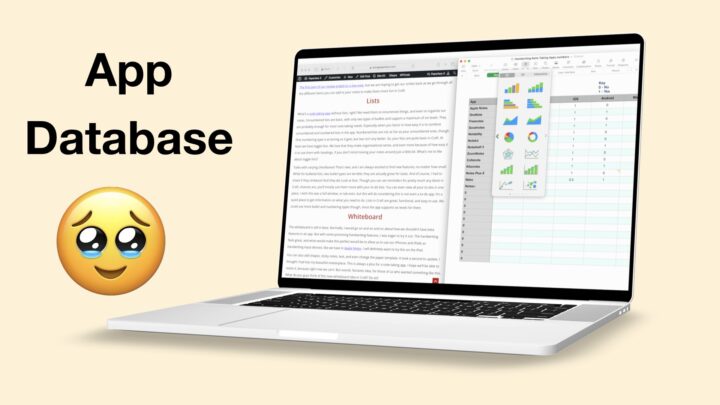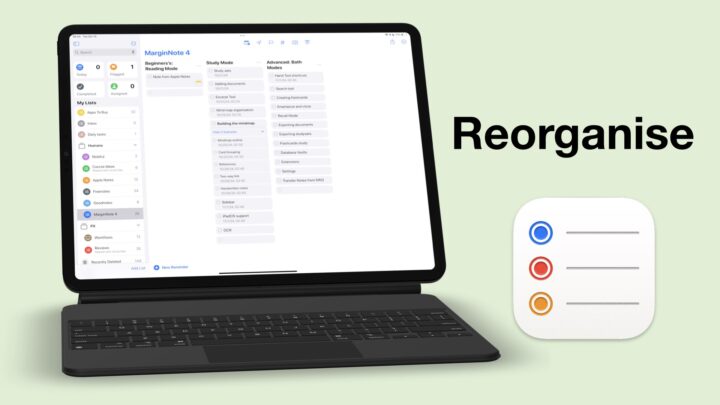It goes without saying that one must study on a daily basis. Many small, short study sessions are simply a necessary part of learning. Unfortunately, there is no shortcut. But even after hours of study, you still might not be getting the grades you want. Let me show you a method that will guarantee you success every single time!
I have been using this method for years, and it has never failed. It involves two parts. The first part is creating comprehensive notes from multiple resources. Good notes will make your life easier when you have to revise anything a bit later. After I finish studying a topic, I revisit the topic, ideally a few days later, and create revision questions from my notes. I am using an application called MarginNote 3 on my iPad Pro 2018. This application makes it very easy for me to create flashcards, which I use as my revision questions.
In high school, past exam papers were readily available. If you have access to past exam papers, those will also work. My university exams mostly contain essay-type questions, so I create the revision questions myself using flashcards in MarginNote. The front of the flashcards has multiple questions that I will attempt to answer, and the back has the correct answers to the questions. When I am creating these questions, I try to make them as thorough and difficult as I can. It’s no use creating easy questions for yourself. It won’t help you learn anything.
I try to put myself in the shoes of a difficult and strict professor. We all have one of those. That professor who will drill you for the most ridiculous answers—the kind who will ask about something that got published in a scientific journal yesterday! Yes, that kind of professor. That’s the one I try to imitate.
Once my questions are ready, I sort them out randomly. You don’t want to ask yourself the questions in the order you created them. That’s not very challenging; at least it’s not for me. MarginNote can mix up your questions to make them random. If your app doesn’t do that, then you can try to answer your questions randomly; answer questions 1–5, then 100–95, then 45–50, etc. This will highlight what you really know and understand versus what you just memorised. It took me about an hour to create questions on the treatment of arterial hypertension.
The second part is the big tip: answer the questions a few days later. It’s like doing the exam before everyone else does. This study method will give you time to correct your mistakes and focus on what you don’t remember. For revising my questions on arterial hypertension, I use MarginNote 3 and Notability. On the left half of my iPad screen, I have my flashcards in MarginNote 3, and on the right, my answering notebook in Notability. I have since stopped using Notability. Now I use Noteful.
I then answer the questions on the flashcards in blue ink. When I am done, I flip the card to mark my answer in red ink. Mark yourself as your professor would. The stricter you are with yourself, the more benefits you’ll reap from the method. MarginNote will ask whether the question is hard, good, or easy for your future study sessions. Don’t be discouraged when you get some questions wrong. In your final exam, you will not repeat those mistakes. The more you practice, the fewer mistakes you make each time.
Writing out your answers helps with learning. It doesn’t have to be neat or highly organised; it just has to make sense for that moment. This is practically like sitting the exam in your house and then retaking it after you’ve corrected all your mistakes. By the time you go into the exam, you’ve written it so many times already! It’s impossible to fail.
You can ask your friends to set questions for you, and vice versa, to make studying fun. You can use past exam papers and review books. Try to answer as many questions in as many different formats as possible. I like marking myself and recording my marks. It helps me evaluate how much I still need to learn.





